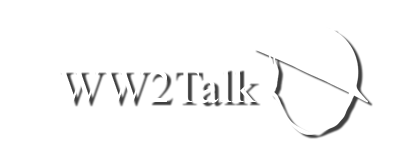- Thread starter
- #161
And the French souped-up 47mm tank gun still wasn't as good as the British 40mm.
Some of the proposed 6pdr/57mm tank guns aren't much better than the British 40mm and weigh more, need larger/heavier turret, and restrict ammo capacity.
Role of a tank gun is not the same as the role of an AT gun.
The ww1-vintage 6pdr was far better than the 2pdr when we talk about the HE performance. The 6pdr can be also a passable smoke thrower - even if only to mark the target(s), and can also put the beehive ammo to a good use - the categories where a 40mm is very weak.
Using several shots to do what one bigger piece of ammo does is a false economy.
Nobody says that the standard 6pdr was a bad gun. What was bad was the timing, that gotten worse due to the invasion panic. Bad timing is the greatest shortcoming a weapon can have (apart from some weapons having an 'intent' to kill the opeartor(s), like the Me 163).For some reason everybody thinks the standard British 6pdr was a bad gun. It was being designed in 1938, it was test fired in 1939. It should have gone into production in late 1940 or early 1941 and most British service tanks in 1942 should have had the 6pdr in late winter/early Spring of 1942, not just showing up in the late fall of 1942.
Army, fro example, picking up the Navy's 1930s 6pdr saves them years, and Army can have that gun in use before they start to disembark their units in France.
These were the QF weapons. I've suggested a true semi-auto gun.As far as the 2pdr goes. I may be being a bit of stickler here. The Standard 2pdr tank/AT gun was semi-auto. This may be a translation issue.
Cheapest, easiest solution for British tank guns was to use the 2pdr, Fit either 40mm Bofors shells or 2pdr Pom-Pom shells for HE, design and build APCBC ammo and issue it by the beginning of 1941.
Cheapest and easiest solution don't need to happen with a bit of foresight. With that foresight, and within the confines of this thread, the 2pdr would've remained just a footnote, and British would've been using much more potent guns by late 1939, all while taking into account the state of war budget and state of industry.


